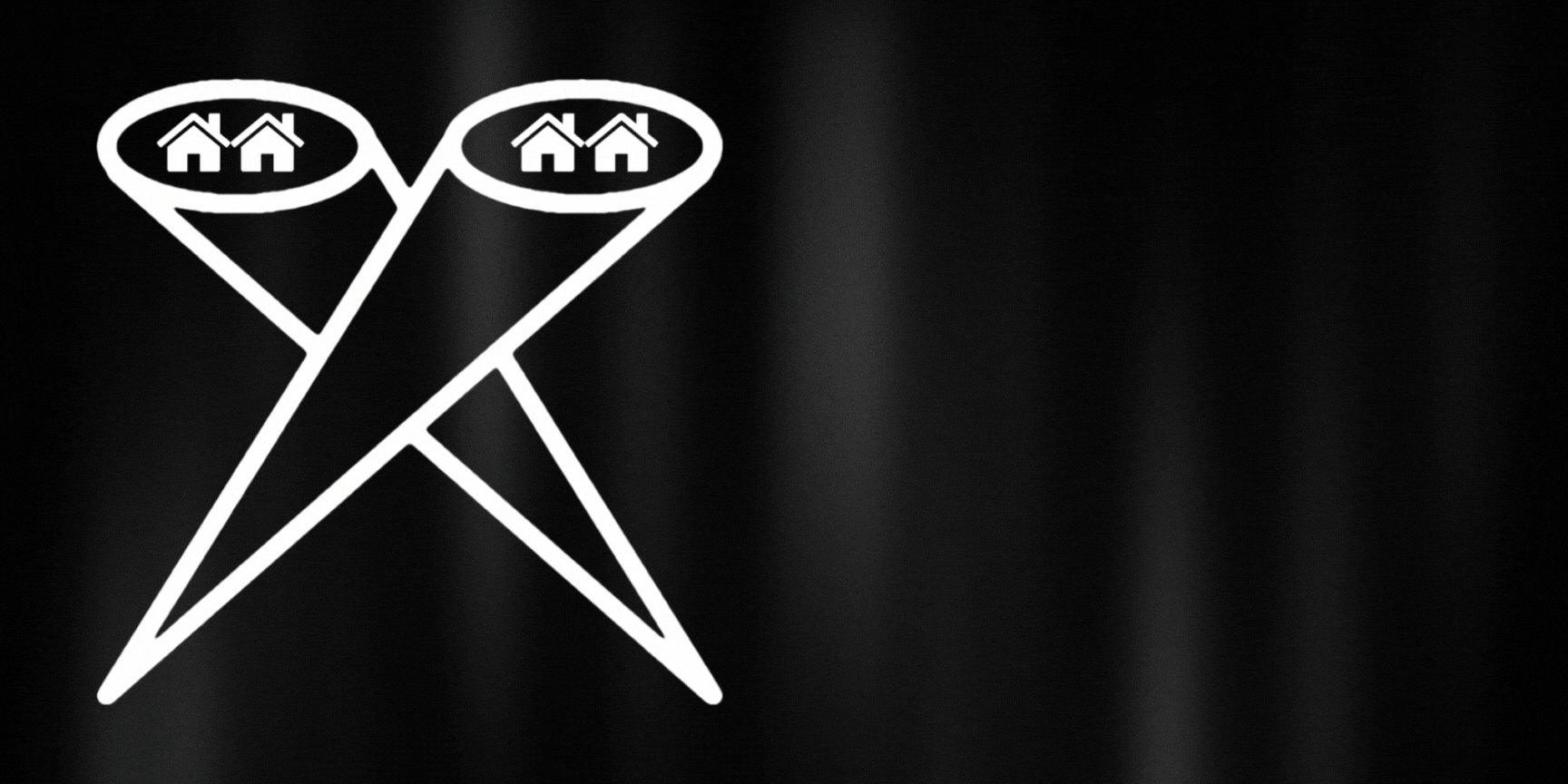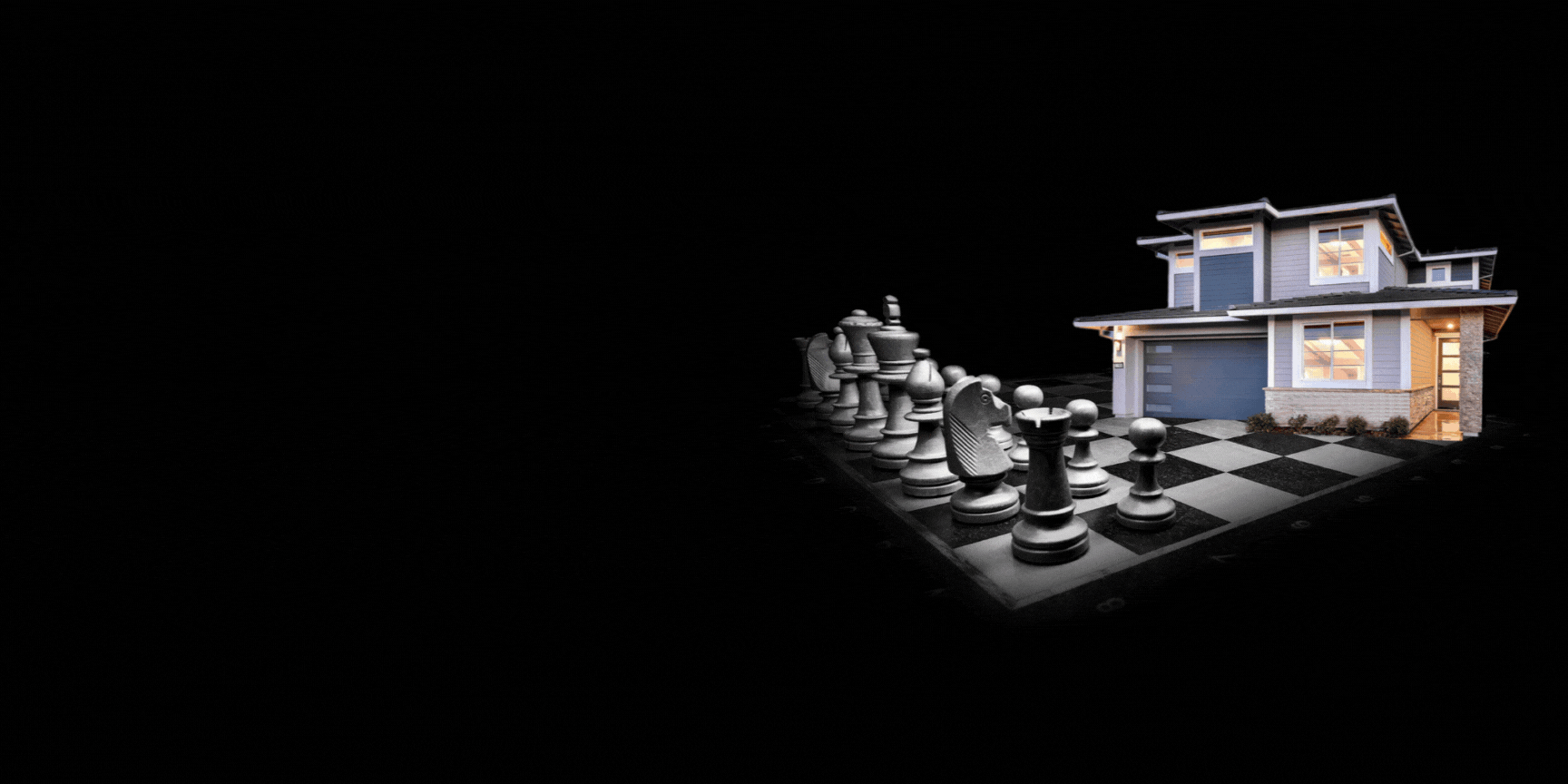If you are house-hunting in a wildfire-prone area like the mountains of Silicon Valley, it is crucial to be well-prepared and informed about the risks associated with wildfires. In recent years, wildfires have become more intense and frequent due to climate change and land use change. The United Nations Environment Programme (UNEP) and GRID-Arendal report highlights that record-breaking wildfire seasons are becoming the new norm. As a potential homeowner, it is essential to assess the community’s general wildfire risk, evaluate the neighborhood’s preparedness, consider past wildfire incidents, check for fire-resistant materials, examine the landscaping, review insurance coverage, and collaborate with professionals to make an informed decision. This article will guide you through the key factors to consider when buying a home in a wildfire-prone area.
1. Assessing the Community’s Wildfire Risk
Before purchasing a home in a wildfire-prone area like Silicon Valley, it is crucial to assess the general fire risk of the community. Several online tools can provide valuable information and interactive maps to help you understand and evaluate the wildfire risk. The USDA and U.S. Forest Service offer the Wildfire Risk to Communities tool, which provides insights into the fire risk levels in specific areas. The Risk Factor tool by First Street Foundation and the National Interagency Fire Center’s wildfire risk map are also valuable resources for assessing wildfire risk. Additionally, Climate Check can provide useful information on climate-related risks in the area.
It is also important to consider if the community follows building codes that assess fire risk. These codes take into account various factors such as density, land use, and existing construction in the area to determine the level of risk. Understanding the community’s general wildfire risk is the first step in making an informed decision about purchasing a home in a fire-prone area.
2. Evaluating Neighborhood Preparedness
When considering a home in a wildfire-prone area, it is essential to evaluate the neighborhood’s preparedness for wildfires. Since wildfires can impact multiple homes simultaneously, having a supportive community is crucial during a crisis. Start by checking with the city or local authorities to see if there are prevention and mitigation procedures in place to prepare homes against the threat of wildfires. It is advisable to meet with the local fire department or the local emergency manager and inquire about the fire history of the area, drought conditions, wildfire evacuation plans, risk ratings, and the department’s response capabilities.
Another important aspect is to determine if the community or neighborhood is an active Firewise USA site. Firewise USA sites work collaboratively with local forestry or fire districts to reduce risks in commonly owned and adjacent areas. Understanding the culture of the community is also essential. Are the neighbors friendly and ready to work together to prevent wildfires? Does the community have an active homeowners association (HOA) with emergency plans in place? It is crucial to consider these factors to ensure a supportive and prepared neighborhood.
3. Investigating Historical Wildfire Incidents
One of the critical steps in the home-buying process in a wildfire-prone area is to determine if the property has been affected by wildfires in the past. Even if a house appears to be far from a previously burned area, fires can spread quickly, endangering nearby buildings. To assess the risk, check with the local zoning department to see if there were any building permits filed for structural changes on the property. This information can give you insights into any past modifications made to safeguard the home from future wildfire damage.
Understanding the property’s history with wildfires is essential when making an informed decision about purchasing a home in a fire-prone area. By investigating past incidents, you can assess the level of risk and determine if any additional precautions need to be taken to protect the property.
4. Importance of Fire-Resistant Materials
When buying a home in a wildfire-prone area, it is crucial to consider the materials used in its construction. Fire-resistant materials can significantly reduce the risk of damage during a wildfire. Start by evaluating the roof, as it is especially vulnerable to fires due to flying embers. Avoid homes with wooden roofs, as they are highly susceptible to ignition. Instead, look for homes with roofs made of fire-resistant materials such as metal, tile, asphalt, slate, or composite shingles.
It is also important to pay attention to the windows in the home. Single-pane windows are less effective at protecting against wildfires than multi-pane or tempered glass windows. Opt for homes with windows that offer better protection during a wildfire. By ensuring that the house is built with fire-resistant materials, you can increase its chances of surviving a fire and minimize potential damage.
5. Landscaping and Fire Risk Mitigation
The landscaping around a home plays a crucial role in mitigating the risk of wildfires. When considering a property in a fire-prone area, it is essential to assess the landscaping and determine if it has been designed to reduce fire risk. One of the key elements to look for is a defensible zone around the property. A defensible zone is an area where vegetation has been strategically managed to reduce fuel sources for wildfires. The National Fire Protection Association (NFPA) provides a guide to defensible zones, which can help you understand the principles and best practices for creating a safe zone around your property. A Fortress Wildfire Risk Report may also be helpful.
Once you have purchased a home, it is important to take steps to protect your property through landscape design. Regularly clear brush, grass, and leaves, trim bushes and trees, keep gutters clean, and maintain a defensible space around your property. Having easy access to water, such as a swimming pool, can also be beneficial for firefighting purposes.
6. Understanding Homeowners’ Insurance Coverage
When buying a home in a wildfire-prone area, it is crucial to review your homeowners’ insurance policy and ensure that it provides comprehensive coverage for wildfire damage. While most homeowners’ insurance policies cover damage caused by fires, including wildfires, it is essential to review the policy carefully to understand the specific coverage details and deductible.
Ensure that the insurance policy provides sufficient coverage for the structure, belongings, and temporary living costs in the event of a total loss. It is advisable to consult with an insurance professional to ensure that you have adequate coverage for your specific needs in a high-risk area like Silicon Valley.
Conclusion
Buying a home in a wildfire-prone area requires careful consideration and preparation. By assessing the community’s general wildfire risk, evaluating the neighborhood’s preparedness, investigating historical wildfire incidents, considering fire-resistant materials, examining the landscaping, and reviewing insurance coverage, you can make an informed decision about purchasing a home in a fire-prone region like Silicon Valley. Collaborating with professionals, such as real estate agents and insurance experts, can provide valuable insights and guidance throughout the home-buying process. Remember, being well-prepared and informed is key to ensuring the safety and protection of your investment in a wildfire-prone area.
Silicon Valley Luxury Homes for Sale
2
3
4
5
6
7
8
9
10
11
12
13
14
15
16
17
18
19
20
21
22
23
24
25



